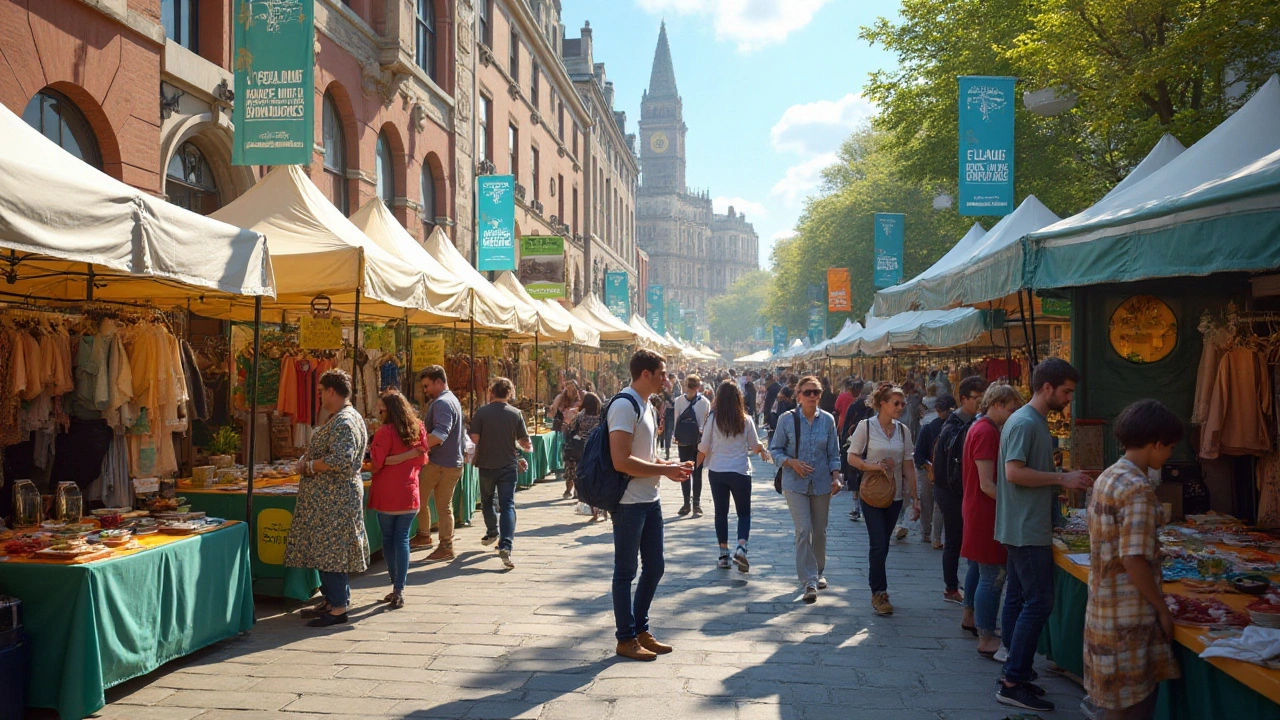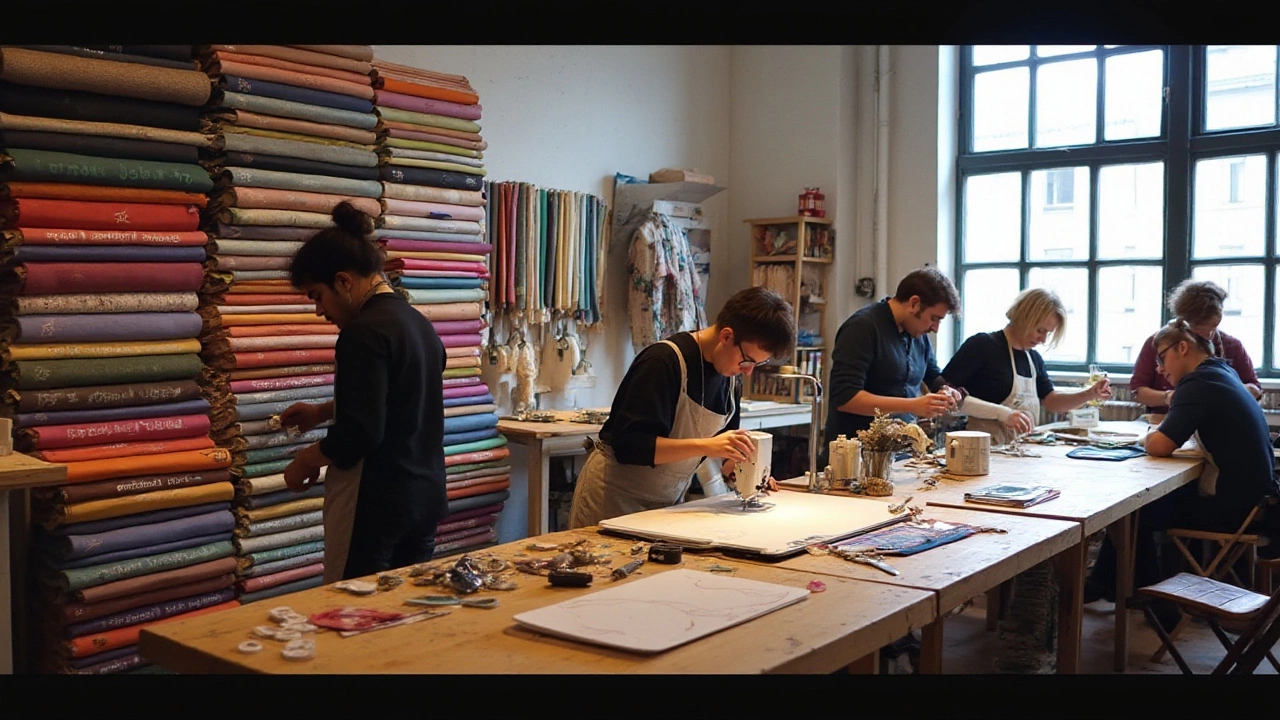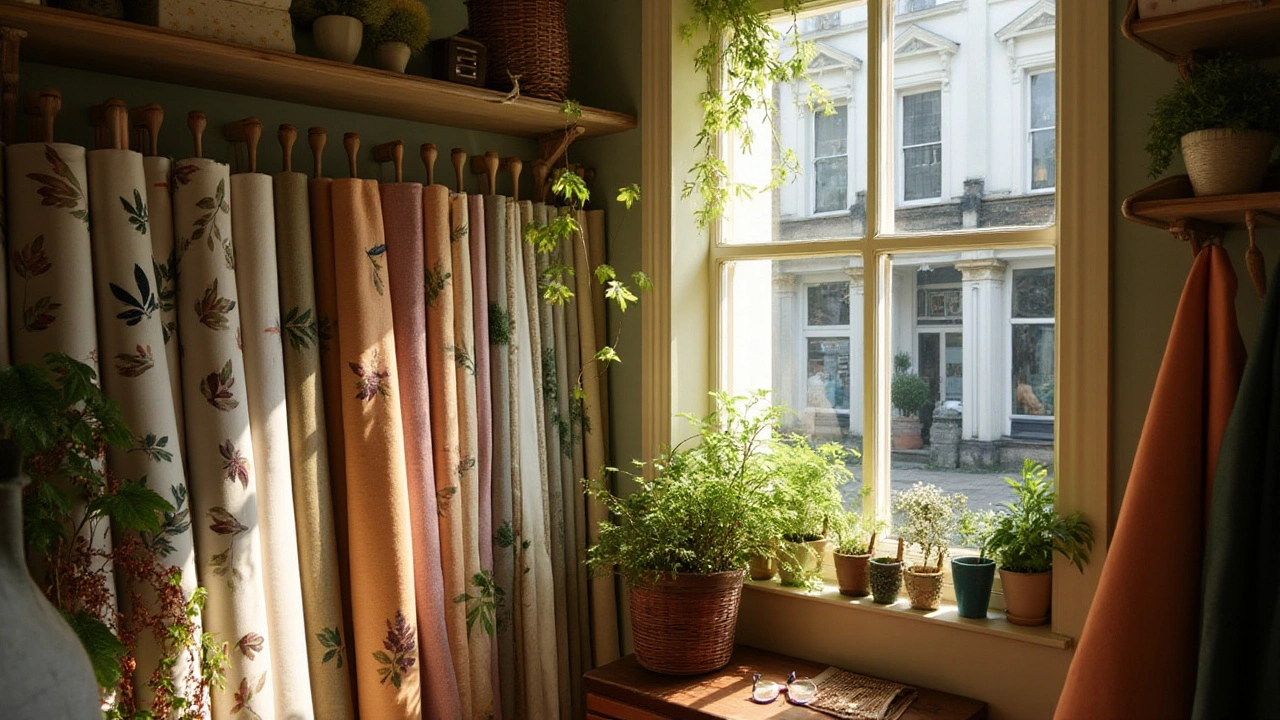Sustainable Living: Easy Tips for a Greener Everyday
Want to cut waste, save money, and feel good about your choices? You don’t need a massive overhaul. Small, consistent actions add up, and most of them are simple enough to fit into your daily routine.
Simple Swaps for Home
Start with the things you touch most. Switch disposable kitchen wipes for a reusable cloth. Wash it after each use and you’ll see less trash piling up. When you shop, grab a sturdy tote instead of a plastic bag – most stores let you bring one for free.
Energy use is another low‑effort win. Unplug chargers when they’re not charging a device. Those tiny vampires eat electricity even when the phone looks dead. Swapping an old incandescent bulb for an LED saves about $75 a year on the electric bill and cuts carbon emissions.
Cleaning products can be greener without breaking the bank. A mix of vinegar, baking soda, and water works great on most surfaces. It’s cheap, non‑toxic, and you avoid the “green” label hype that sometimes hides harsh chemicals.
Eco-Friendly Fashion Choices
Clothes are a hidden source of waste. Look for brands that use low‑toxicity fabrics like organic cotton, hemp, or Tencel. These materials need fewer chemicals to grow and break down faster when they’re finally tossed.
Buy less, but buy smarter. Check if a label mentions “ethical” or “slow fashion.” Those terms usually mean the brand cares about the people who make the garments and the planet. A well‑made shirt can last years, cutting the cycle of fast‑fashion waste.
When you need something new, try second‑hand shops or online resale platforms. You’ll find unique pieces, pay less, and keep clothes out of the landfill. Plus, swapping clothes with friends is a fun way to refresh your wardrobe without spending a cent.
Understanding the difference between “green” and “eco‑friendly” helps you spot real benefits. Green often refers to a product’s overall impact, while eco‑friendly focuses on specific features like recyclable packaging. Knowing the nuance lets you compare items more accurately.
Things aren’t always perfect. Some eco‑friendly products come with a higher price tag or confusing labels. Always read the ingredient list or material info. If a product claims to be ‘green’ but still uses plastic packaging, you’ve probably missed a better option.
Lastly, track your progress. Keep a small notebook or phone note of swaps you’ve made. Seeing the list grow gives a boost of motivation and helps you spot new areas to improve.
These tips are a starting point, not a finish line. Sustainable living is a journey, and every honest effort counts. Keep experimenting, stay curious, and enjoy the perks of a greener, cleaner life.









